easy care tips
- Clean stone surfaces with a neutral cleaner, stone soap, or a mild liquid dishwashing detergent and warm water.
- Similar to any item cleaned in your home, an excessive concentration of cleaner or soap may leave a film and cause streaks. Follow manufacturer recommendations.
- Use a clean rag mop on floors and a soft cloth for other surfaces for best results.
- Rinse the surface thoroughly after washing with the soap solution and dry with a soft cloth.
- Change the rinse water frequently.
- In the bath or other wet areas, soap scum can be minimized by using a squeegee after each use. To remove soap scum, use a non-acidic soap scum remover or a solution of ammonia and water (about 1/2 cup ammonia to a gallon of water). Frequent or over-use of an ammonia solution may eventually dull the surface of some stone types.
- In outdoor pool, patio or hot tub areas, flush with clear water and use mild bleach solution to remove algae or moss.
- Many suppliers offer products used for stone cleaning.
- Products containing lemon, vinegar or other acids may dull or etch calcareous stones.
- Scouring powders or creams often contain abrasives that may scratch certain stones.
- Many commercially available rust removers (laundry rust stain removers, toilet bowl cleaners) contain trace levels of hydrofluoric acid (HF). This acid attacks silicates in addition to other minerals. All stones, including granite and quartzite, will be attacked if exposed to HF.
- Do not mix ammonia and bleach. This combination creates a toxic and lethal gas.
Blot the spill with a paper towel immediately. Don’t wipe the area, it will spread the spill. Flush the area with water and mild soap and rinse several times. Dry the area thoroughly with a soft cloth. Repeat as necessary.
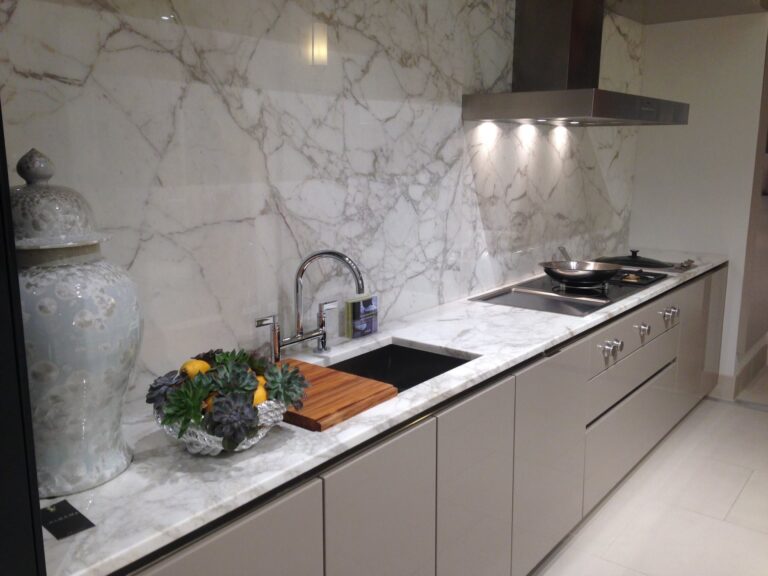
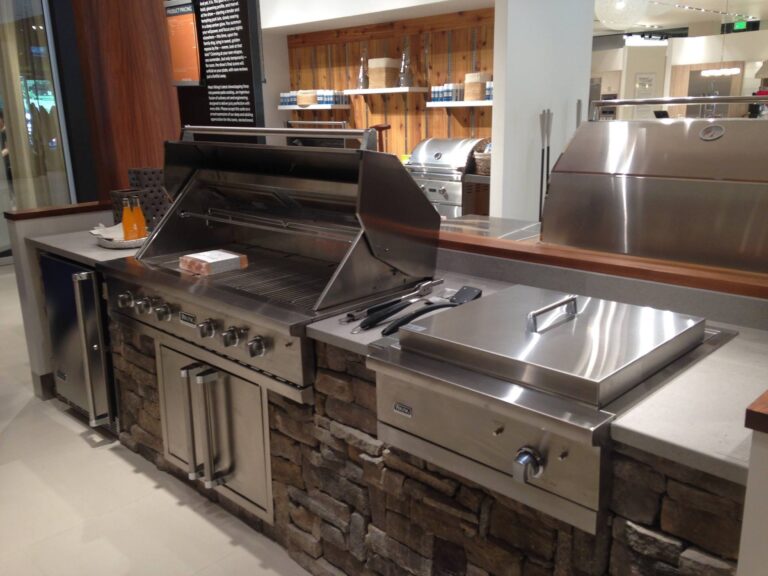
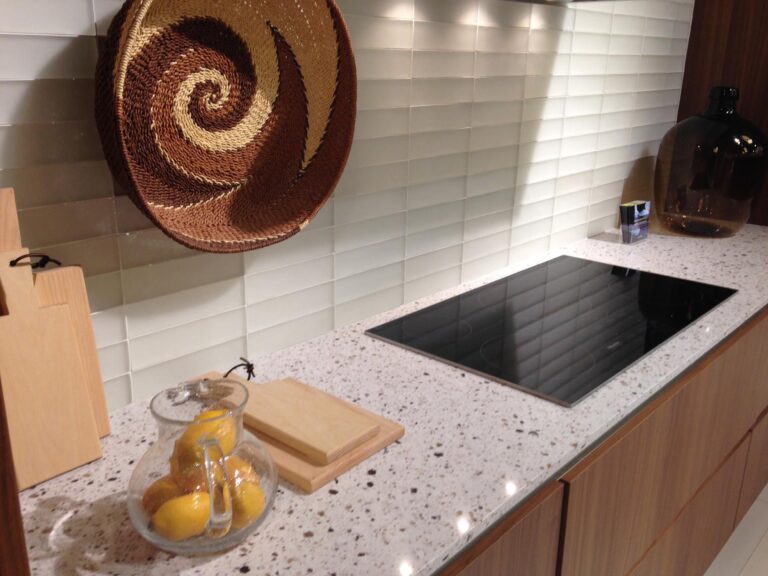
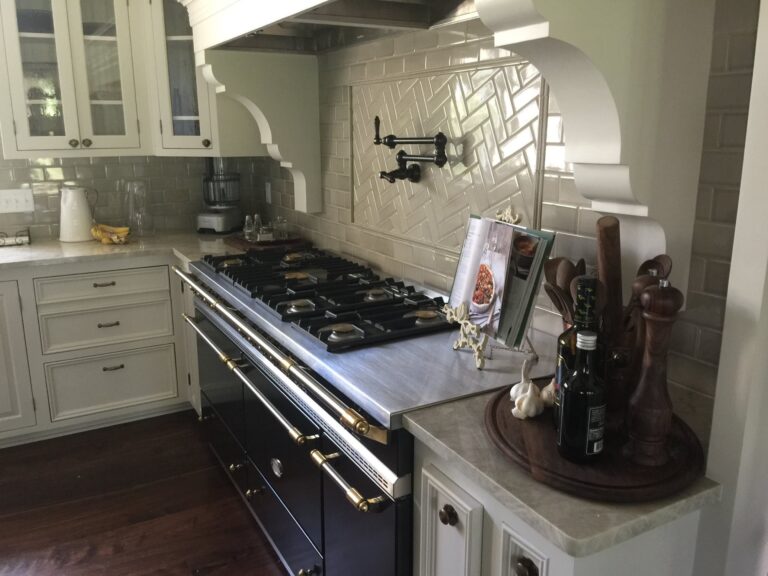
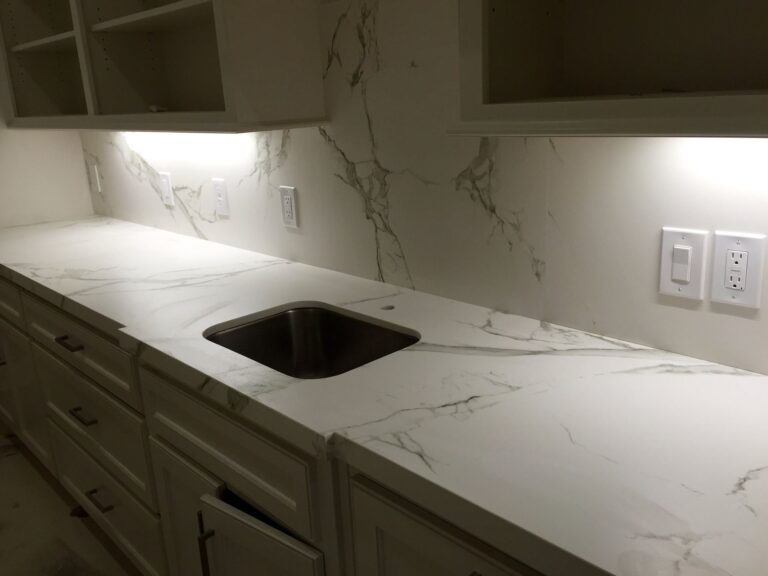
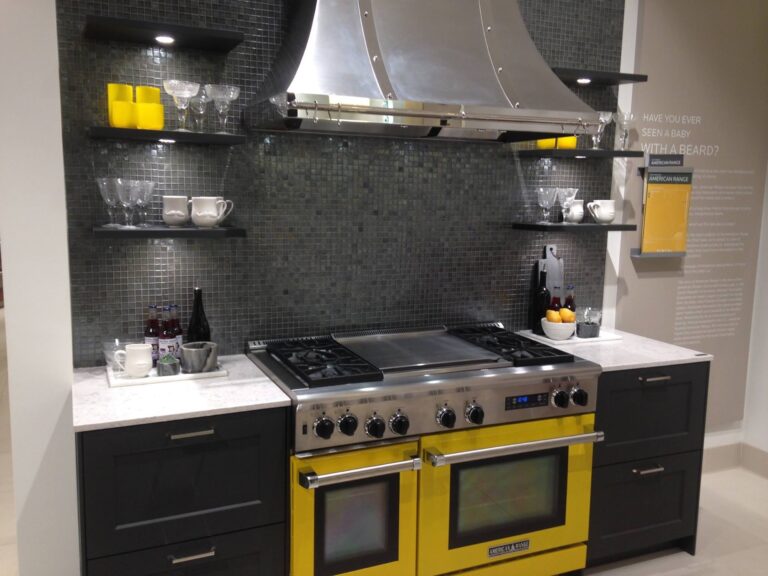
Previous
Next

